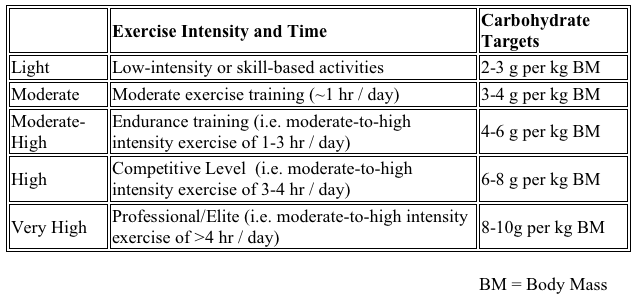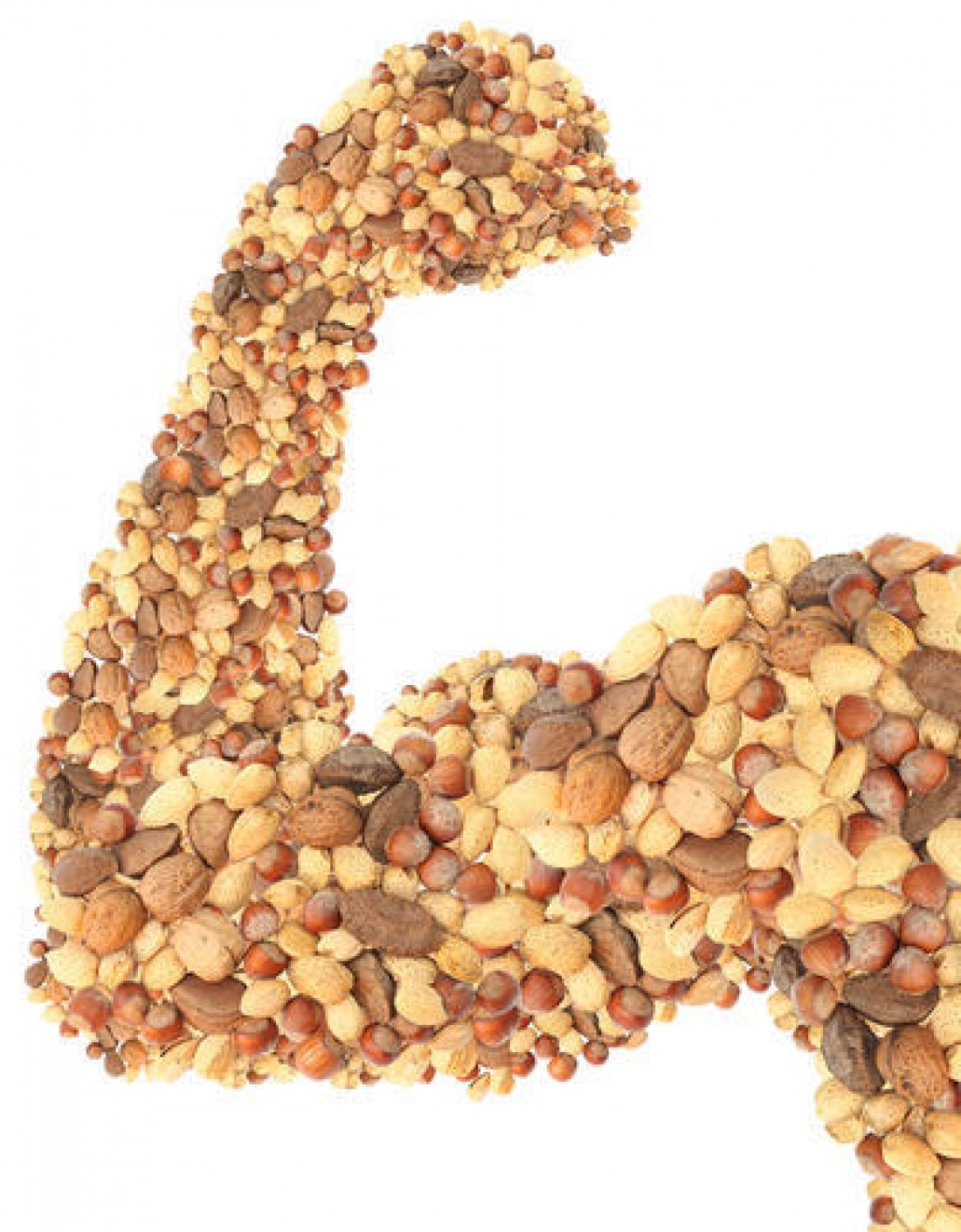
Written by Soccer Fitness Internship Student Jessica Deeth. Edited by Richard Bucciarelli.
The word “carbohydrate” is synonymous with sports nutrition. The immediate impact of carbohydrate intake, or conversely its absence, on daily training and competition performance has been widely researched. Recent trends in society have suggested that low carbohydrate diets are beneficial for weight loss and other health benefits. In addition, different tactics based on fuelling for sports performance have become a popular discussion among scientists and researchers recently as well. Carbohydrates are a major fuel source for exercise, especially during prolonged continuous or high-intensity exercise.
Carbohydrates are stored in the body as glycogen within the muscles and liver, however this storage capacity is limited. When these carbohydrate stores inadequately meet the fuel needs of an athlete’s training program, this can negatively impact their performance. Resulting in: reduced ability to train intensely, diminish competition performance, and reduced immune function. For these reasons, athletes are encouraged to ensure adequate carbohydrate intake according to their requirements based on training regime.
Dietary carbohydrate requirements are dependent on the fuel needs of the athlete’s training and/or competition program. Exactly how many grams are required is ultimately dependant on the frequency, duration and intensity of the activity. The chart below outlines some general requirements, based on activity level, that are recommended by the Australian Sports Institute (ASI):

Much like activity levels change from day to day, carbohydrate intake should vary based on these changes in training as well. On high activity days, carbohydrate intake should be increased to account for the increase in activity ultimately increasing energy expenditure. This will help to maximise performance from the training sessions and also promote recovery between exercise sessions. Alternatively, on low-activity training days and/or rest days, carbohydrate intake should be reduced to reflect the decreased training load.(“Carbohydrate – The Facts : AIS : Australian Sports Commission”, 2016).
An athlete’s carbohydrate requirements before, during and after training or competition will depend on a number of factors including: type, intensity, duration of exercise, frequency of exercise, body composition goals, training background and performance goals for the session. While ensuring an athlete is consuming a sufficient amount of carbohydrates it is also important to consider the timing of carbohydrate, specifically approaching competition. Carbohydrate ingestion before exercise should assist in topping up blood glucose levels and glycogen stores in the muscle and liver. This is especially important if the competition or training is taking place first thing in the morning or if the event will continue beyond 90 minutes in duration. Replenishment of carbohydrates during prolonged exercise can benefit the athlete’s performance in various ways. Carbohydrate replenishment will ultimately affect the muscle by delaying the onset of lactic acid build-up and fatigue. This will also directly affect the brain and central nervous system by delaying the decline in mental concentration, pacing strategies etc. Carbohydrate intake following exercise is essential for optimal recovery of glycogen stores. Often times, athletic performance is dependent upon the ability to recover from one session and perform it again and more efficiently in the next session. Incomplete or reduced replenishment of muscle glycogen stores between training sessions can lead to a reduced ability to train effectively, feeling fatigued physically and mentally and potentially leading to over-training. During competition, inadequate carbohydrate replenishment may also reduce subsequent performances where exercise sessions are repeated within or across days like tournaments, meets etc.
The rate of ATP synthesis is directly linked to the exercise intensity, which determines the substrate demands of skeletal muscle to generate ATP. During exercise, skeletal muscles use primarily Fat and Carbohydrates for energy, and at low exercise intensities, fat is the preferred substrate although there is always some glucose utilisation. At higher exercise intensities, ATP synthesis demand increases and fat is unable to meet the rate of ATP synthesis quickly enough therefore, glucose oxidation increases. Although the utilisation of fat for energy yields a much higher amount of ATP, glucose oxidation is much faster. This is why carbohydrates play a major role during exercise performed at high intensities. Fat cannot provide the required energy for ATP synthesis. Even at low exercise intensities carbohydrates are always being used. Therefore, for prolonged exercise lasting longer than 1:45-2 hours, proper carbohydrate and glycogen intake are crucial.
A potential benefit to a low carb diet is that it may help to reduce inflammation in the body. Sore muscles can sometimes hinder future workouts, and high levels of fat consumption can help to minimise post-workout soreness otherwise known as “DOMS” or “delayed-onset muscle soreness”. When carbohydrate intake is decreased below 50 grams per day, the response of the body is to produce ketones, which combat oxidative stress and have anti-inflammatory properties. This benefit can be important for high endurance athletes, because the intense training schedule pushes the athlete to their physical limits. As a result, oxidative stress builds up a tolerance in the body, and can lead to aging. But, with a low carb diet, the effects of oxidative stress can be reduced (“Can Endurance Athletes Thrive on Low Carb/High Fat Diet?”, 2016).
Multiple studies, however, have shown that fatigue and decrease in performance is often associated with low carbohydrate diets that result in glycogen depletion. When glycogen levels are low or there is glycogen depletion, the muscles then increase the utilization of protein and amino acids to produce glucose to use as energy. Since protein and amino acids are the building blocks of muscle, the muscle may become catabolic and break itself down. Essentially, the muscle starts to breakdown by increasing the amount of amino acids available to be used for energy. This situation can be harmful over time and may lead to muscle damage. It can further lead to chronic over-training, and after a prolonged period of time muscle damage can interfere with glycogen stores and synthesis.


Leave A Comment